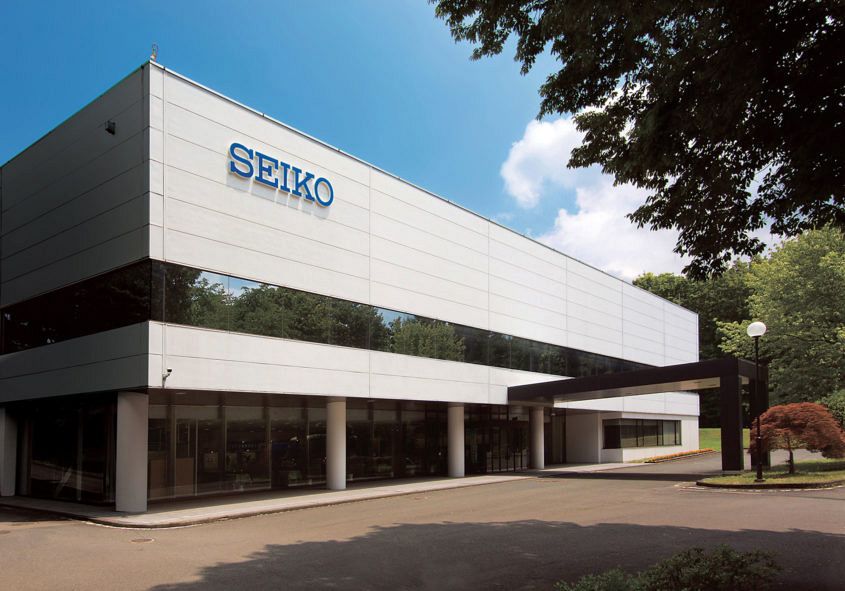 Editor’s Note: Until relatively recently Seiko’s watchmaking – in particular their Grand Seiko and Credor lines – was something of an insiders’ secret, with their quality of finish and precision of workmanship not as widely recognised (or marketed) as those of the Swiss marques. That’s all begun to change, and looks set to change even more now that Grand Seiko is a fully independent brand. Last year I took a trip to discover more about the secrets of Seiko. This is what I found… I’ve always liked Seiko. One of the first watches I ever bought was a Black Monster, followed by an ever-rotating roster of rock-solid SKX divers as well as the odd vintage piece including an original Turtle, a 6139 ‘Pogue’ chronograph (sadly missed) and not one but two 4006-6031 Bell-Matics (neither of which are currently running, but that’s a different story). So when Seiko Australia invited me to tour the company’s Japanese production facilities (wearing an Astron), I jumped at the chance. It’s fair to say I had some pretty solid preconceptions about what I’d experience. I was super-pumped to see the Micro Artists Studio, and Morioka, where Grand Seiko is assembled. Turns out I was not prepared, at…
Editor’s Note: Until relatively recently Seiko’s watchmaking – in particular their Grand Seiko and Credor lines – was something of an insiders’ secret, with their quality of finish and precision of workmanship not as widely recognised (or marketed) as those of the Swiss marques. That’s all begun to change, and looks set to change even more now that Grand Seiko is a fully independent brand. Last year I took a trip to discover more about the secrets of Seiko. This is what I found… I’ve always liked Seiko. One of the first watches I ever bought was a Black Monster, followed by an ever-rotating roster of rock-solid SKX divers as well as the odd vintage piece including an original Turtle, a 6139 ‘Pogue’ chronograph (sadly missed) and not one but two 4006-6031 Bell-Matics (neither of which are currently running, but that’s a different story). So when Seiko Australia invited me to tour the company’s Japanese production facilities (wearing an Astron), I jumped at the chance. It’s fair to say I had some pretty solid preconceptions about what I’d experience. I was super-pumped to see the Micro Artists Studio, and Morioka, where Grand Seiko is assembled. Turns out I was not prepared, at…
The post EDITOR’S PICK: The most impressive quartz watch in the world and 3 other surprising things I learned about Seiko in Japan appeared first on Time and Tide Watches.